Farming: The First 12,000 Years

Farming emerged nearly 12,000 years ago. It is now the world’s main source of food.
It plays a role in all our lives, in our health, and in our environments. Our food decisions have an impact on farmers and their technologies.
Objects from the Museum of English Rural Life and the Pitt Rivers Museum have been chosen to highlight different farming practices. Explore them online or visit each museum to see the objects on display.
#Farming12K features artwork by Miranda Creswell and is a partnership with Jade Whitlam of the Institute of Archaeology.
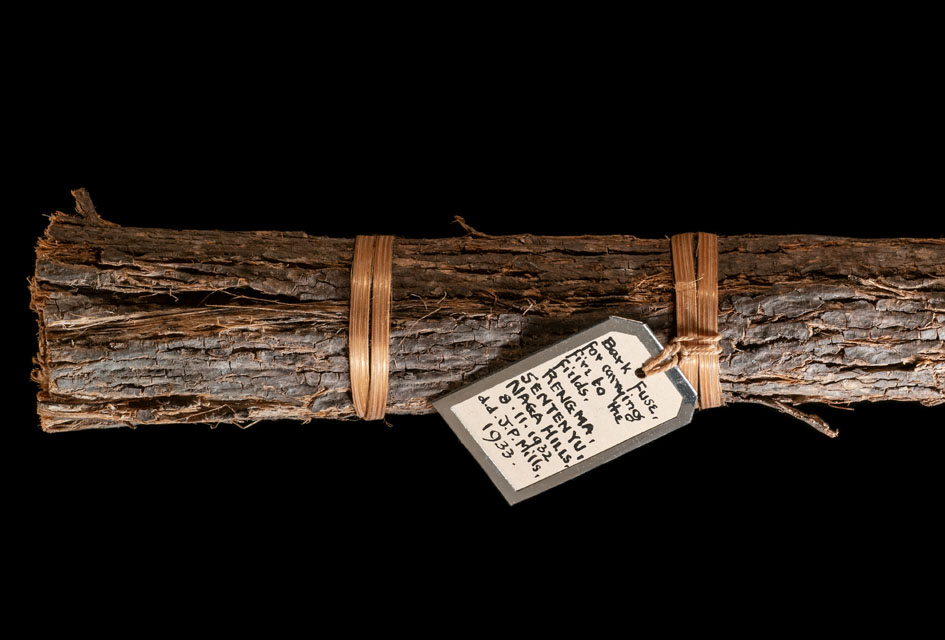
Burning to begin
Before you can farm you need to clear land. ‘Slash-and-burn’ is one solution, which involves cutting and burning vegetation.
This roll of bark was collected in the 1930s and was made by Rengma Naga people to transport fire to fields in Nagaland, India.
Burning can damage the environment but can be managed in a sustainable way. Traditional agro-forestry practices are safeguarded in parts of Nagaland today.
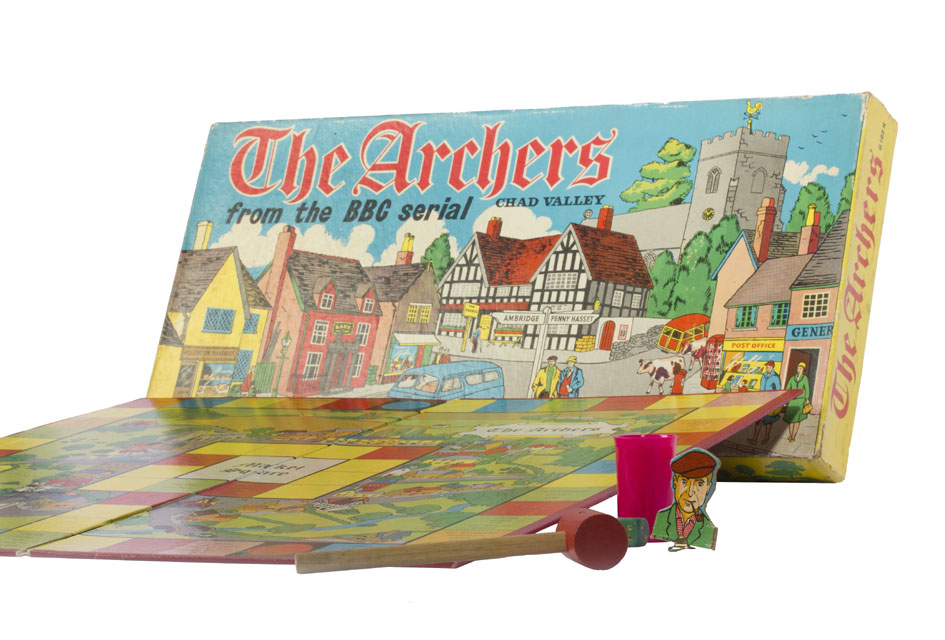
Learning to farm
Traditionally, farming practices and knowledge are passed between generations. They represent a form of intangible cultural heritage.
In the 1950s, English broadcasters created The Archers radio serial, which charted life in a fictional farming community. It was designed to encourage post-war farmers to modernise but soon became a popular soap opera with its own spin-off merchandise.
Broadcasters such as Farm Radio International, and The Archers-inspired Rwandan series Urunana have helped cement the valuable role of radio communication within rural African communities.
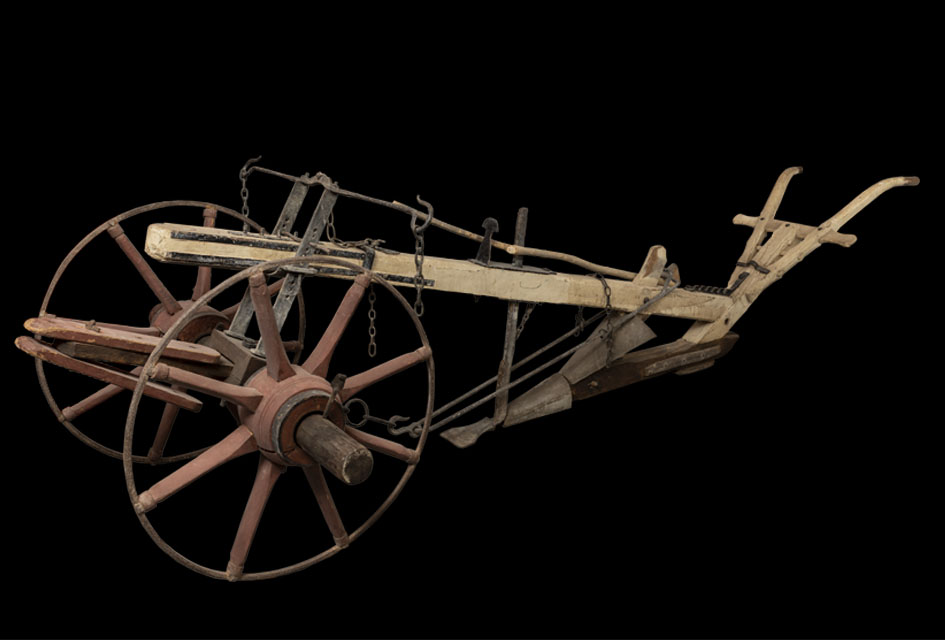
Speed the plough
A plough scratches the surface of the soil and turns the earth over into furrows. Ploughs are designed to meet the demands of particular soils and farming practices.
This nineteenth-century horse-drawn plough was typical to Kent, England, where it ensured the creation of identical furrows.
Tractor power has now replaced animal power on many farms.
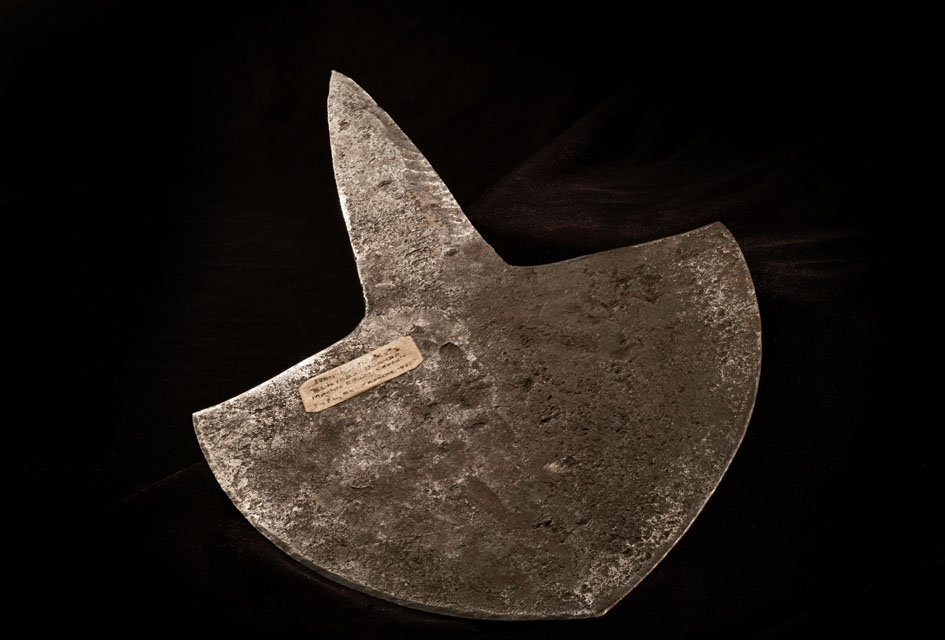
Hand tools
Unlike ploughs, hoes are multipurpose tools that play a role in weeding, digging root crops, and preparing for planting. The two technologies are pitted against each other in some cultures. This hoe was made in Western Region, Uganda, before 1919.
Today most farmland is prepared by plough but in some places this is prohibited by cost, scale of production, or unsuitable terrain. Hand tools such as hoes remain important in these places.
Mechanised technologies or particular ways of farming were imposed on many living under British colonial rule, even where local solutions may have been more suitable.
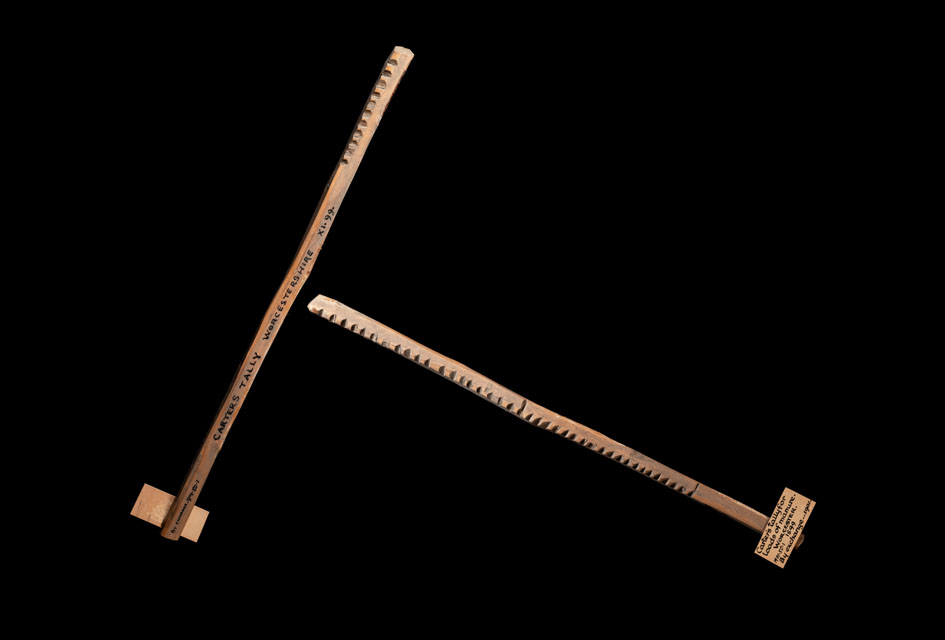
Faeces and foods
People have used animal manure to enrich soil for many thousands of years. This late-nineteenth-century tally stick was used in Worcestershire, UK, to keep count of how many cartloads of manure had been taken to the fields.
Today dung is often carted and distributed using a ‘muck spreader’. In many places dung is mixed with straw and dried to form dung cakes, which are then burned as fuel.
Unprocessed human excrement can be used as a fertiliser but poses a health risk. Improved fecal sludge management falls under UN sustainable development goal number 6.
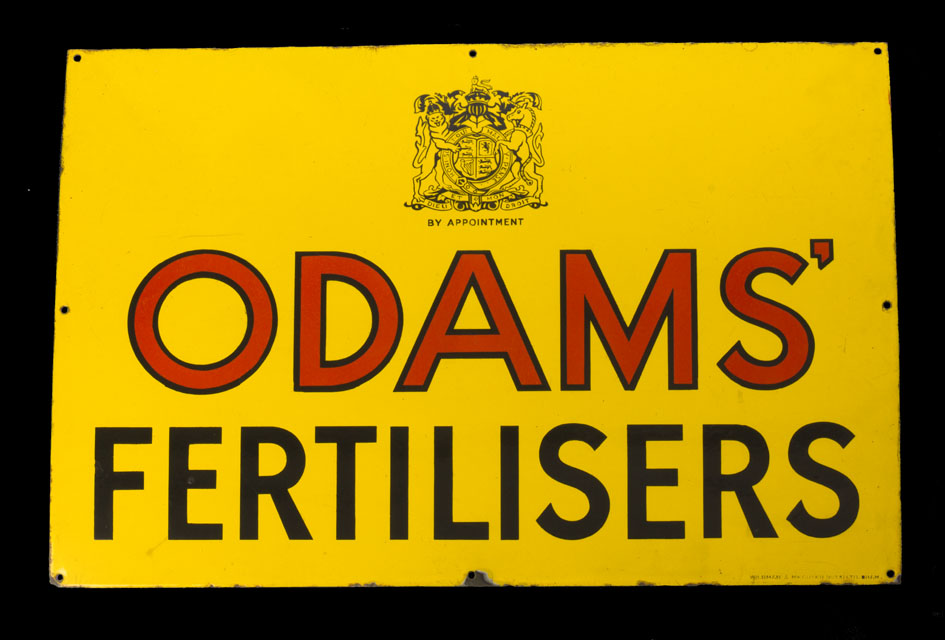
Artificial to organic
By the twentieth century traditional soil health techniques were increasingly side-lined and artificial fertiliser was in common use. This 1930s sign promoted superphosphates made from animal bone and sulphuric acid.
Many of the first organic farming ideas were appropriated from colonial contexts. So, what often seems like a largely European and North American invention owes its origins to ideas and approaches drawn from the global south and east, especially modern-day Pakistan, India, Kenya, and elsewhere.
Today organic farming forms part of a range of climate-smart approaches to global agriculture.
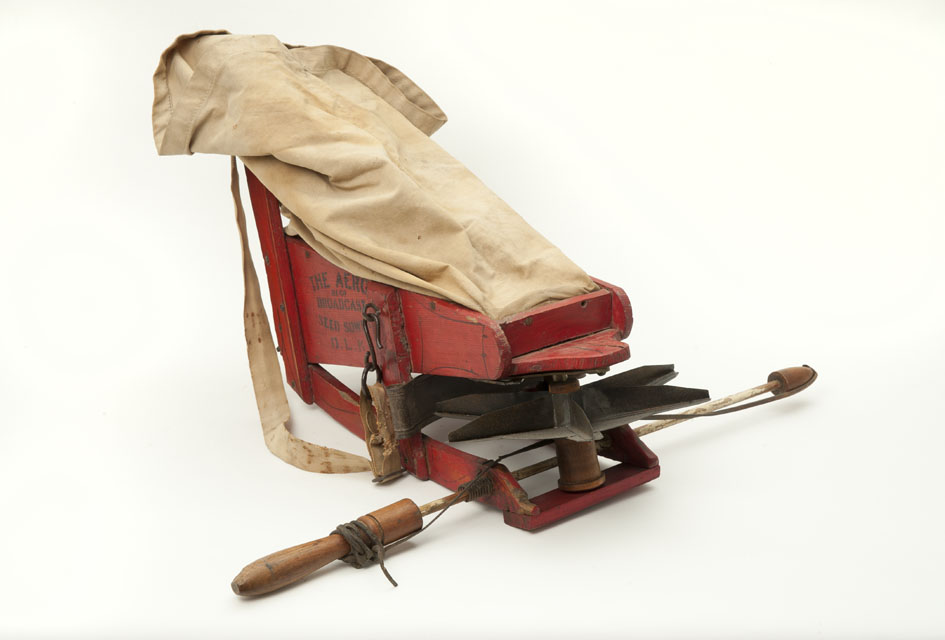
Seed machines
The first farmers broadcast seed by hand. The earliest seed drills placed seed directly into the soil and were developed in Babylonia (present-day Iraq) around 4000 years ago.
In around 1850, hand-operated distributors were designed in the USA and were soon copied elsewhere, as with this Scottish-made seed fiddle called the Aero.
Large-scale and more complex seeding mechanisms were introduced in eighteenth-century England but hand-sowing remained common on smaller farms. In many parts of the world crops are still sown by hand.
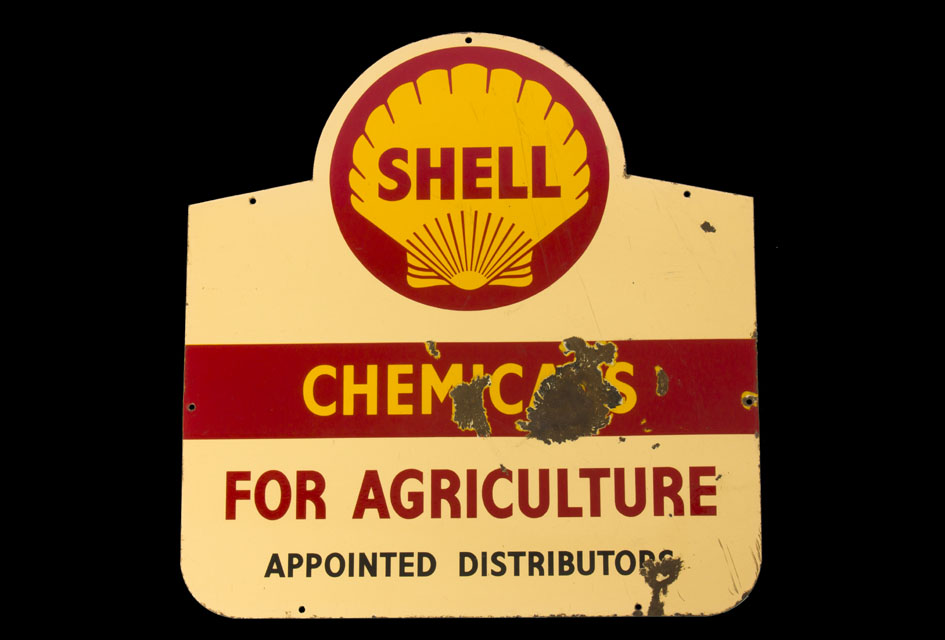
Chemical farming
Although some insects are vital for pollination, others are considered pests. Pesticides became a significant part of global agricultural practice during the early-twentieth century.
By the 1950s petrochemical companies were heavily invested in agriculture. When this sign was produced in the 1960s their products were mainstream.
The Second World War fast-tracked development of pesticides such as DDT. This dangerous product was banned in the UK in 1984 and barred from agricultural use worldwide under the Stockholm Convention.
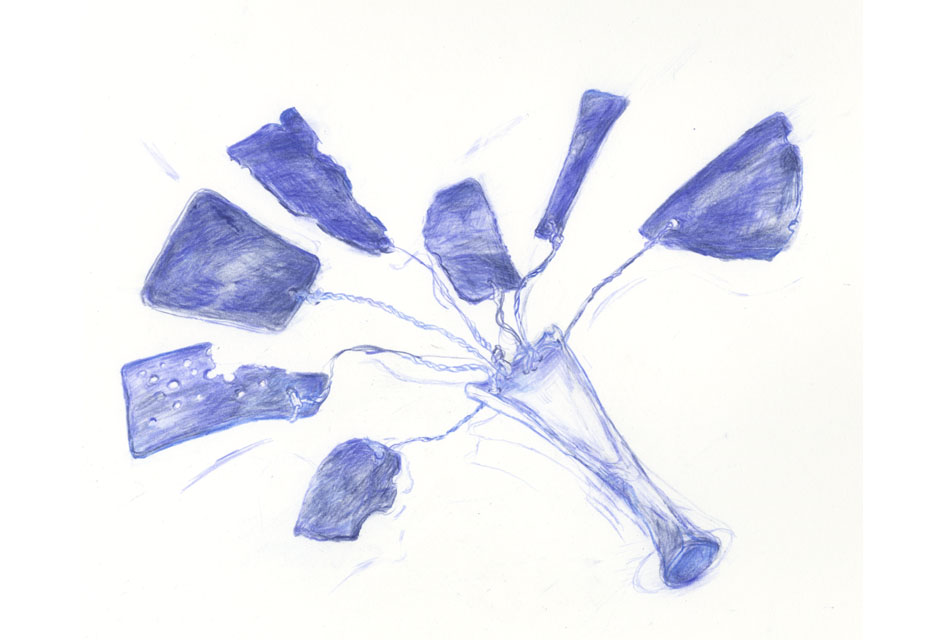
Feathered foes
Insects are far from the only pests farmers contend with. They also use various ways to discourage birds from eating seeds. Some involve objects with a frightening appearance and others rely on noise.
This jingle made a scary sound when shaken. It is made from recycled metal and animal bone and was used in late-nineteenth-century Sabah in northern Borneo.
Similar technologies were used in the UK during the nineteenth century. Gas and clockwork devices also became popular and are still used today.
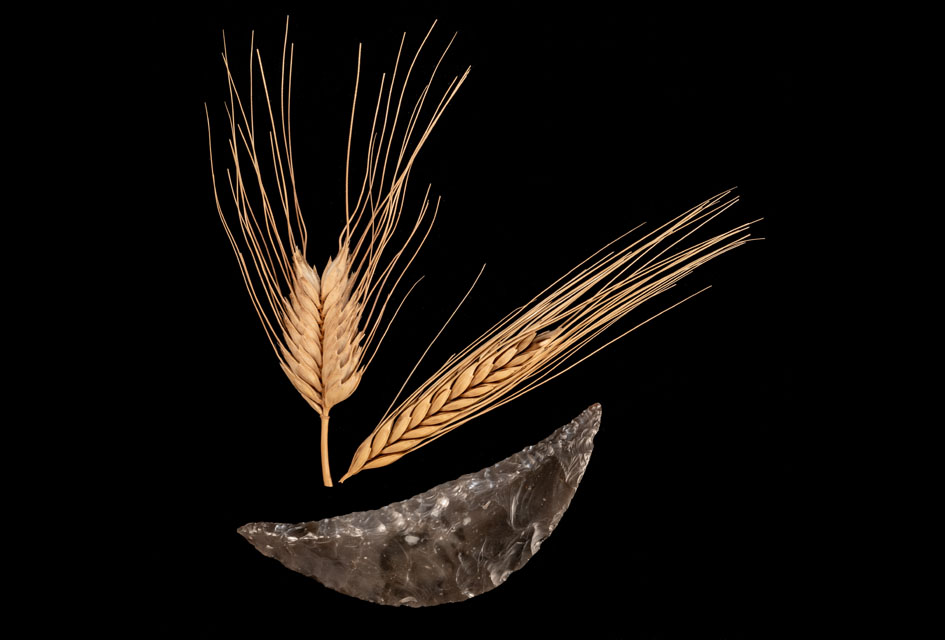
A cut above
When you’ve successfully grown your crops you need to cut them.
The use of curved handtools for harvesting actually predates the earliest settled farming. These first sickles had flint blades. This Neolithic example was found in 1937 in Jutland, Denmark.
In the UK, sickles of varying forms remained common until the nineteenth century when scythes and mechanised reapers took over.
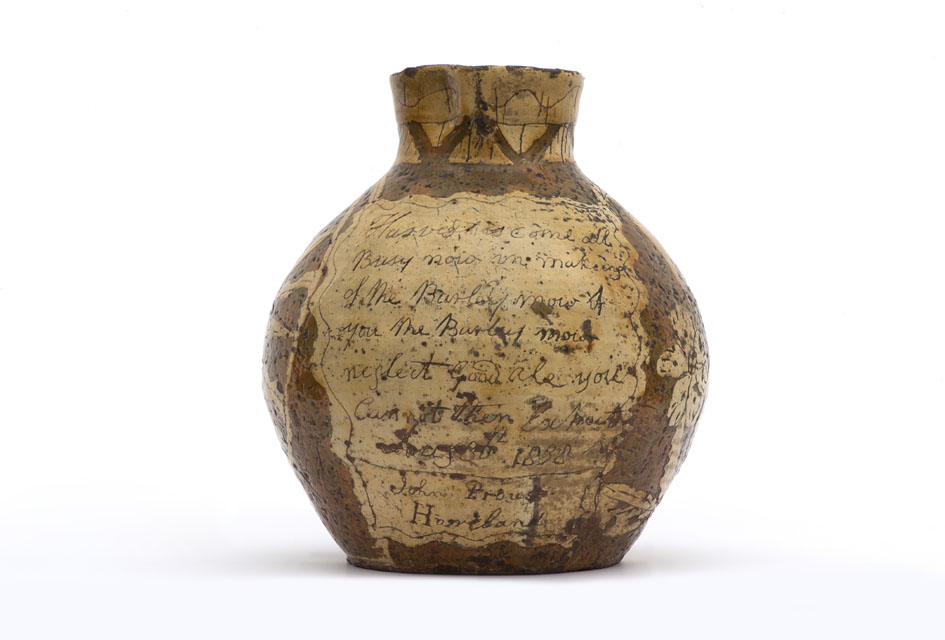
Let’s celebrate
In farming communities worldwide, calendar customs and festivities are vital. People use them to mark successful planting, growth, and harvest.
As the words on this 1838 slip ware jug from Devon, UK, suggest, drinking was a way to celebrate hard work: ‘… if you the barley mow neglect good ale you can not then expect …’
From the food shared during Thanksgiving festivals in North America to the vibrant colours of Holi, the Indian festival of spring, farming is a source of creative inspiration.
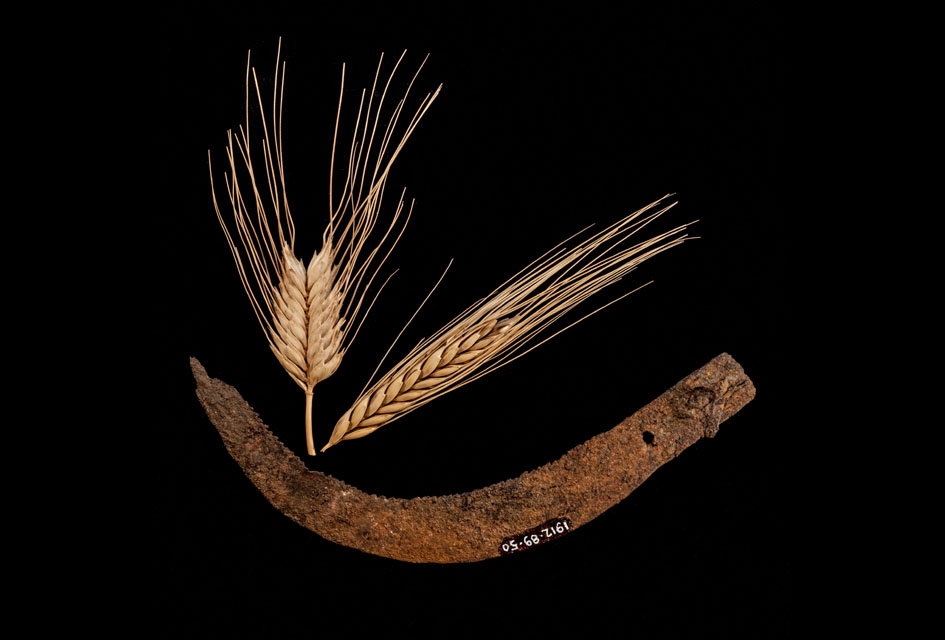
Edging forward
Stone sickles were later replaced by metal-bladed tools. But the way in which they were used remained much the same.
This example was excavated in 1911 in Faras, Lower Nubia, Egypt. Faras was later flooded by the Aswan Dam, a project based largely on the need for irrigation for farming.
Farming uses far more water than any other industry. As emphasised by the Food and Agriculture Organisation, access to water for drinking, sanitation, and food production is a major global challenge.
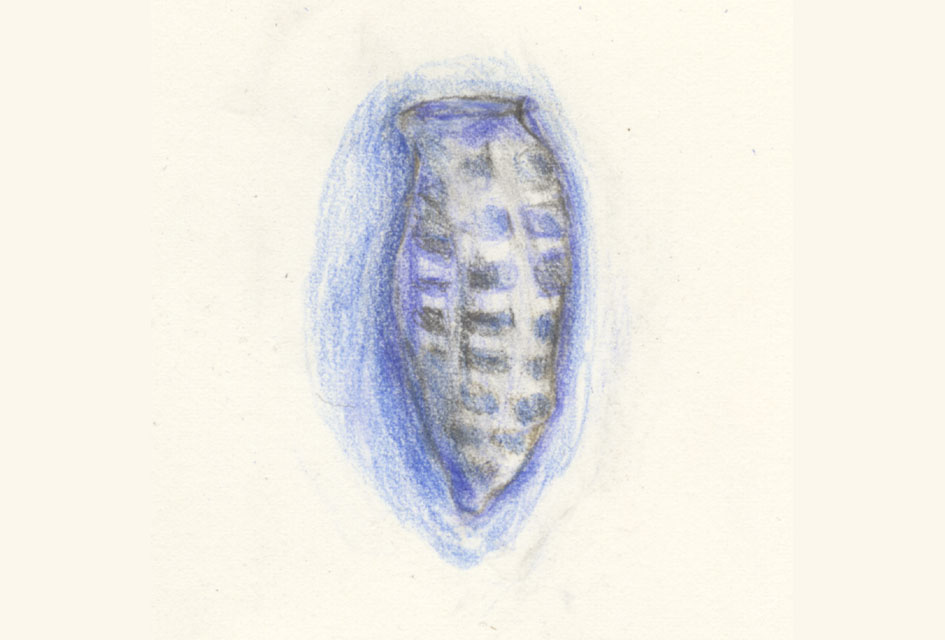
Farming symbols
We use many different images to represent farming life. This maize-head amulet from Lima Region, Peru, is one such symbol.
Objects like this were buried to promote successful crop growth and harvest. They help to reveal the importance of seasonality, nature, and agriculture to people’s beliefs.
Maize also serves as a reminder that, wherever we are in the world, many of our crops will come originally from from other countries and continents. Maize comes from the Americas but is now grown in many places across the globe.
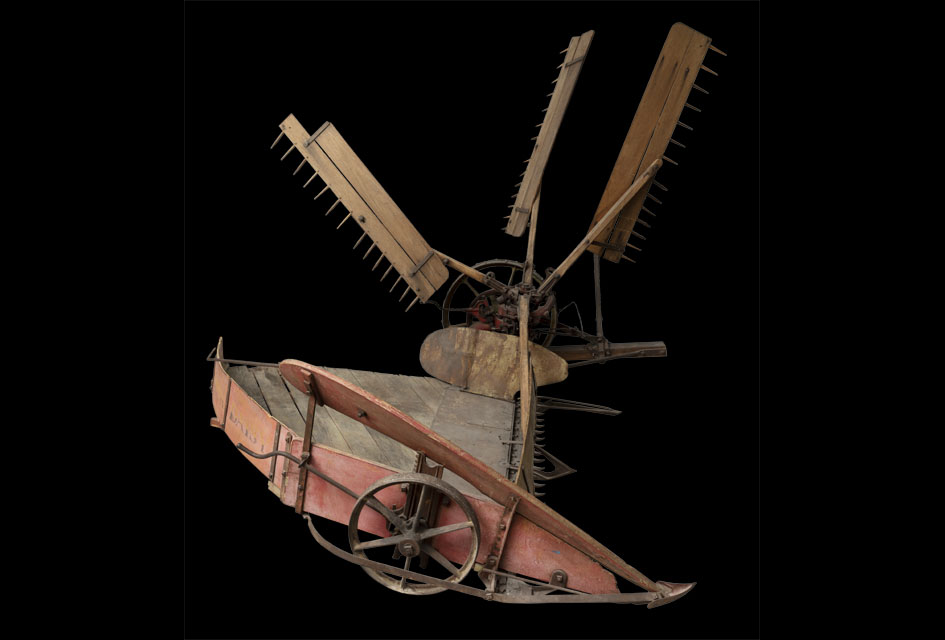
Grim reaping
From the sixteenth century onwards, European farming cultures expanded overseas. In subsequent centuries local people were forced to make way for settler farmers.
In the North American midwest of the nineteenth century, enterprising McCormick family members trialled a new way to harvest cereal crops. Their reaper enabled producers to increase the size of fields and yields.
Exported back to Europe, machines such as this 1890s example changed the farm landscapes of England and elsewhere. In a similar vein, many European technologies impacted on the lives of local people living in colonial contexts.
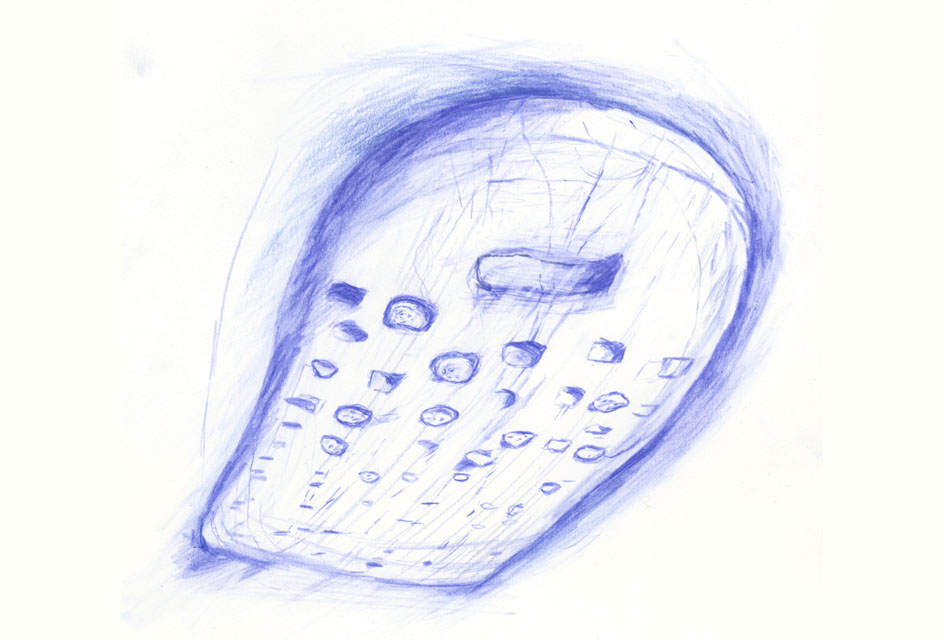
Ways to thresh
The separation of grains from straw and chaff is called threshing. This was traditionally done by trampling crops, using a flail, or by threshing sled.
Threshing sleds are wooden boards with teeth of stone or metal, which are drawn over the crop by animals. This nineteenth-century example from the Canary Islands, Spain, has teeth made
from lava.
In England, when more labour-intensive threshing processes gave way to machine power, people lost work and the changes resulted in violent protests. Some protesters were executed and others transported.
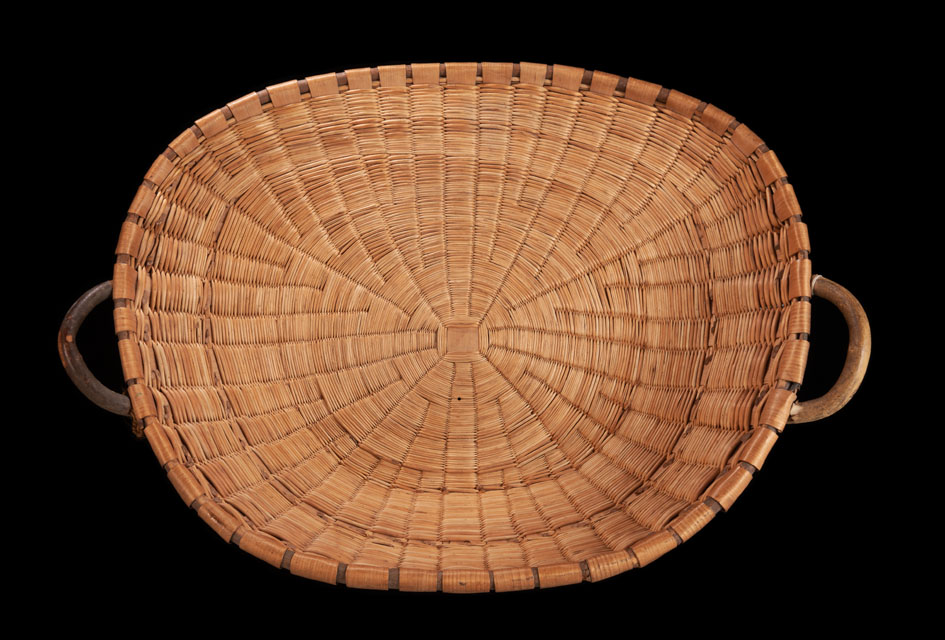
Blown away
After threshing, crops are winnowed to further separate grain from chaff. This involves throwing the mixture into the air so that the lighter unwanted chaff blows away.
Crops can be winnowed by hand, using tools such as this basket from Picardie, Seine-Maritime, France. In Europe, these were later replaced by mechanised solutions to this job, including open winnowing sails and those with enclosed machinery.
Nineteenth-century French winnowing baskets are very similar to surviving examples from the UK.
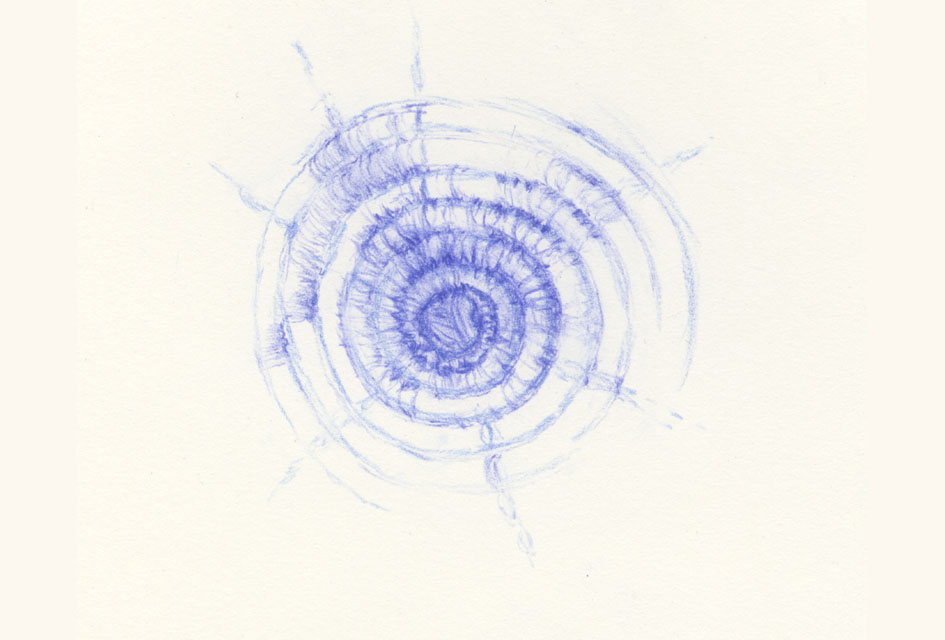
Winds of change
Today, harvesting, threshing, and winnowing can all be carried out by a single machine – the combine harvester. However, in many parts of the world this work is still done by hand.
This basket from Northern Bahr el Ghazal, Mayen, South Sudan, was collected in 1979. Although smaller and a different shape from its European equivalents, it was used in the same way. Similar winnowing vessels remain in use today.
In some parts of the world, reliance on natural wind power has been replaced by electric and solar-powered fans.
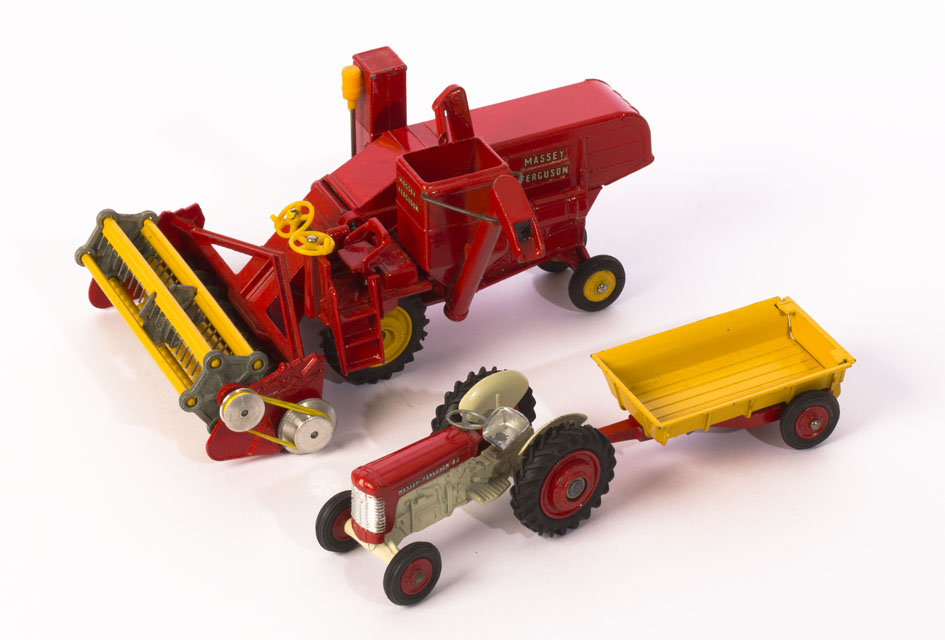
Combined force
For thousands of years, cereals were harvested and processed by hand. From the nineteenth-century, sickles, scythes, and hand-threshing tools were in many cases replaced by machines.
In the twentieth century these reapers and threshers were in turn replaced by machines capable of combining threshing, winnowing, and sieving all in one, hence their name – combine harvester.
A stop-start chain of manual tasks gave way to a single process, saving time and effort. This ingenious solution was celebrated in popular culture and reproduced in toys, such as this 1960s Corgi example.
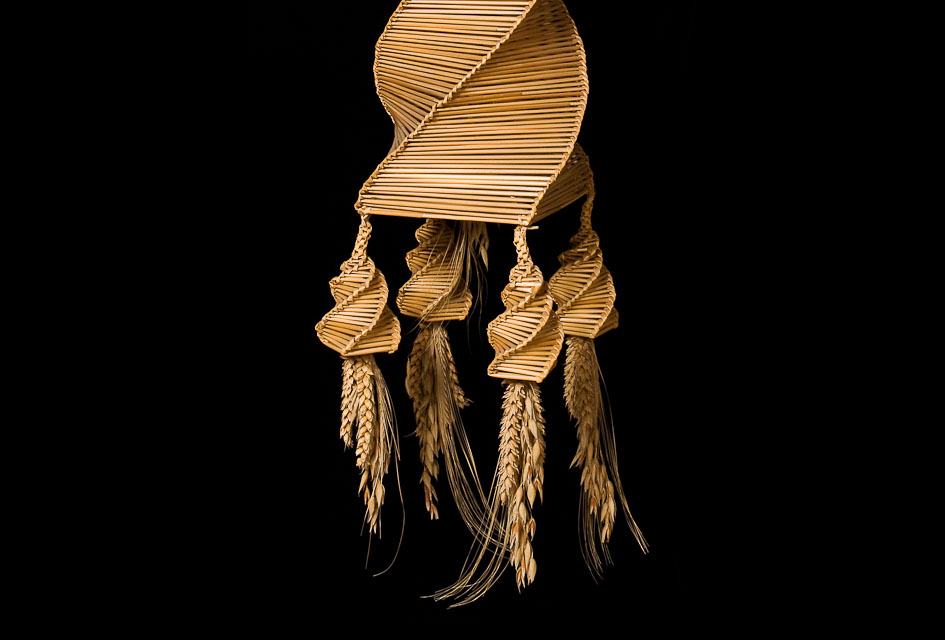
The final straw
Across Europe, from at least the 1700s onward, trophies like this were used to mark the end of harvest. Communities favoured local designs, such as this ‘lantern’ made in Worcestershire, UK, in 1931.
These sculptural forms were often produced using the final handful of the crop to be harvested. This was widely misunderstood by many early collectors and anthropologists.
Special cultivars were developed in the mid-twentieth century to support heavier seed heads. The straw on these dwarf varieties was not as flexible or strong and elaborate straw designs like this became less common. In the UK there have been a number of revivals of this practice.
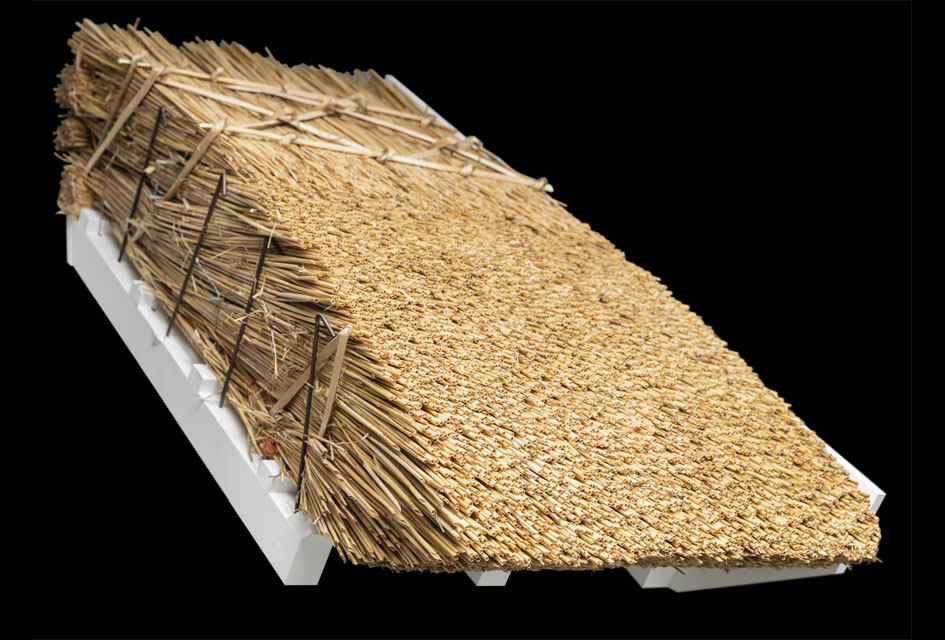
Old varieties
Farm by-products serve an important role in our lives. This modern thatch sample was installed by master thatcher Kate Glover. It is made from straw, which is a by-product of cereal production.
Archaeo-botanist John Letts discovered that the layered structure of old thatch holds clues to our farming past. The low, usually smoke-blackened layers of early roofs reveal the biodiversity of medieval cereal crops.
These varied and rich varieties contrast with modern mono-crops and dwarf wheats. Heritage crops based on these are used in modern products, including gin.

A miller’s tale
Once farmers harvest our food it is processed before we consume it. Before the advent of powered mills, grain was milled by hand, often using groundstone tools.
This mortar or bowl is from the Chiriqui Province, Panama, and is in the form of a jaguar. It would have been used with a muller, and friction between these two surfaces ground the grains into powdered flour.
Different milling technologies have emerged globally over time, including the use of wind, water, and animal power.
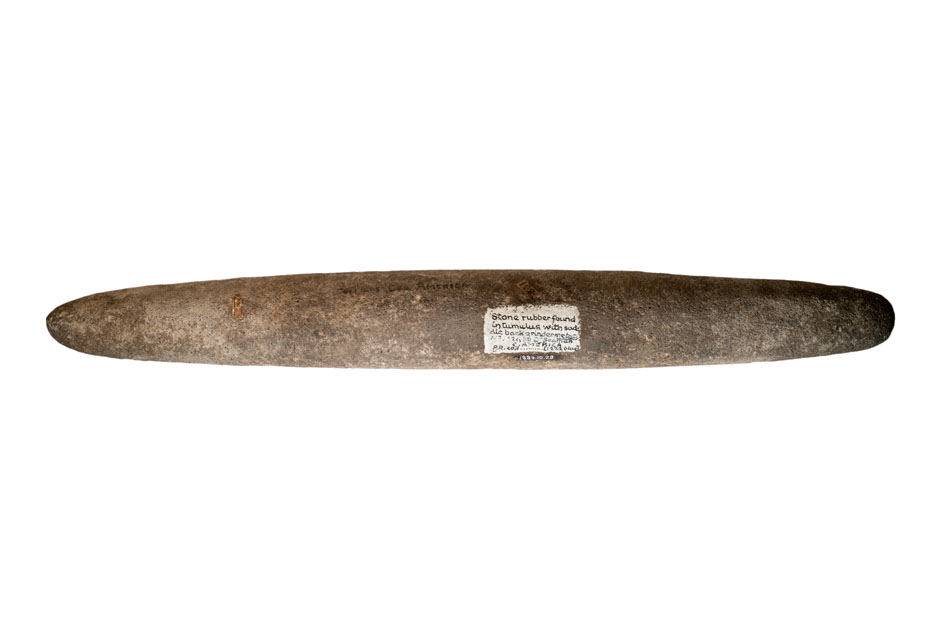
At the grindstone
This muller would have been used with a mortar or grindstone surface. It is probably from Costa Rica.
Archaeological and ethnographic evidence show that the same tools were used to prepare other foods, dyes, medicines, and even metals. This reminds us that farming and food systems are essentially about producing and processing of raw materials, and that they are linked to many other aspects of our lives.
As technologies become increasingly mechanised, as with European flour mills, they often become more specialised. To find out more about UK milling heritage and its links to global milling traditions visit the Mills Archive.
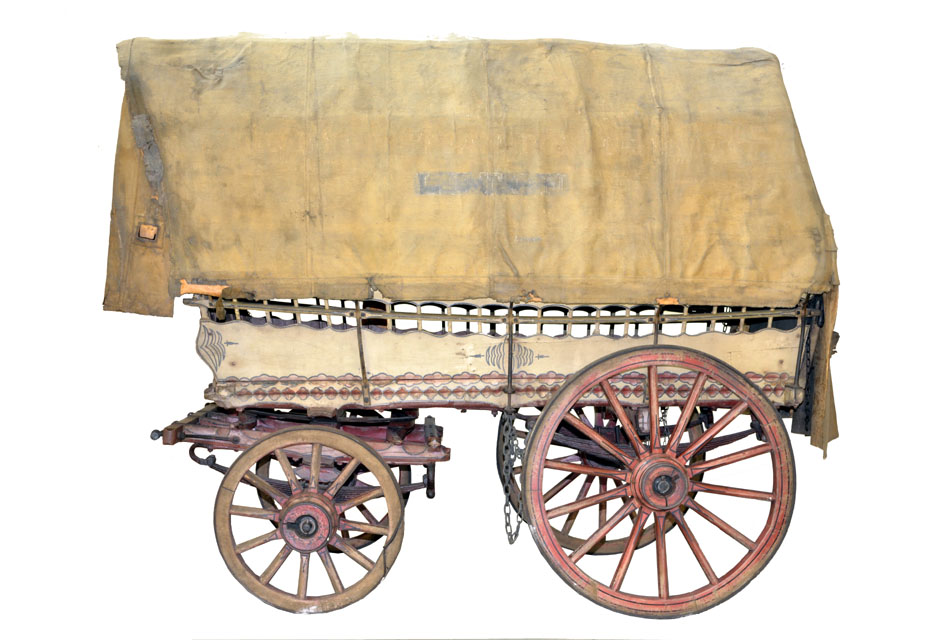
Transporting goods
This item doesn’t feature in the #Farming12K trail. But in a bid to highlight food miles, we’ve snuck this in here. Don’ t worry, you can still find it in the Wagon Walk at The MERL.
This late-nineteenth-century wagon was used to move grain from farm to mill and flour mill to consumer in Hertfordshire, England. Local food networks were much more common at this time.
Food security is a significant global challenge. In the UK today we import around half our food. We were importing large volumes even when this wagon was in active use. We all need to think carefully about where the foods we eat come from, and how they are moved from farm to fork.

Healthy beasts
The use of a llama as an amulet hints at the importance of the health and prosperity of livestock.
The fact that such symbolic objects were buried with people when they died reminds us of the vital place of animals within many farming societies.
Modern welfare concerns and discussions concerning animal sentience and animal rights are of growing importance. However, livestock farmers look after their animals carefully and celebrate them. Many people are extremely proud of their animal skills and knowledge.
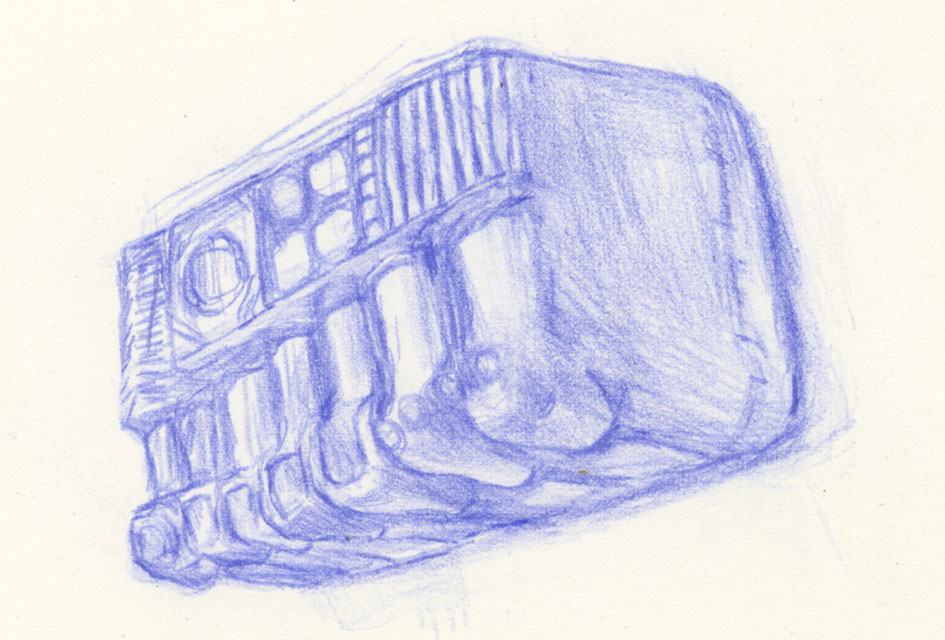
With the herd
Livestock are normally kept in larger groups, as with this amulet depicting a herd of goats from La Paz, Bolivia. These objects were used to promote herd health and fertility.
Animal health and human health are closely interlinked. The keeping of animals together in close quarters and in flocks or herds can heighten the risk of health problems.
Specialists are working together as part of the FIELD_WT project to help resolve complex animal health challenges.
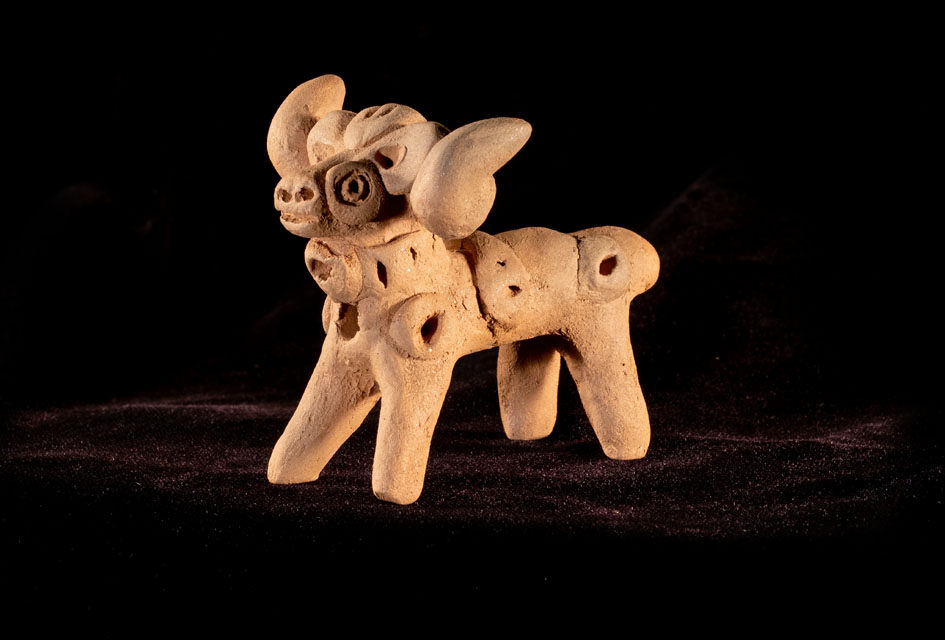
Gathering time
Herding is the practice of moving farmed animals as a group, often with the assistance of working animals. This whistle from Sibiu in Transylvania, Romania, may have been used by a shepherd for instructing sheepdogs.
Although sheep are still kept in many parts of the world, sheep farming remains a form of animal husbandry that has not been significantly intensified.
As the Canepal project reveals, sheep farming is the source of a diverse and vibrant range of intangible cultural heritage.
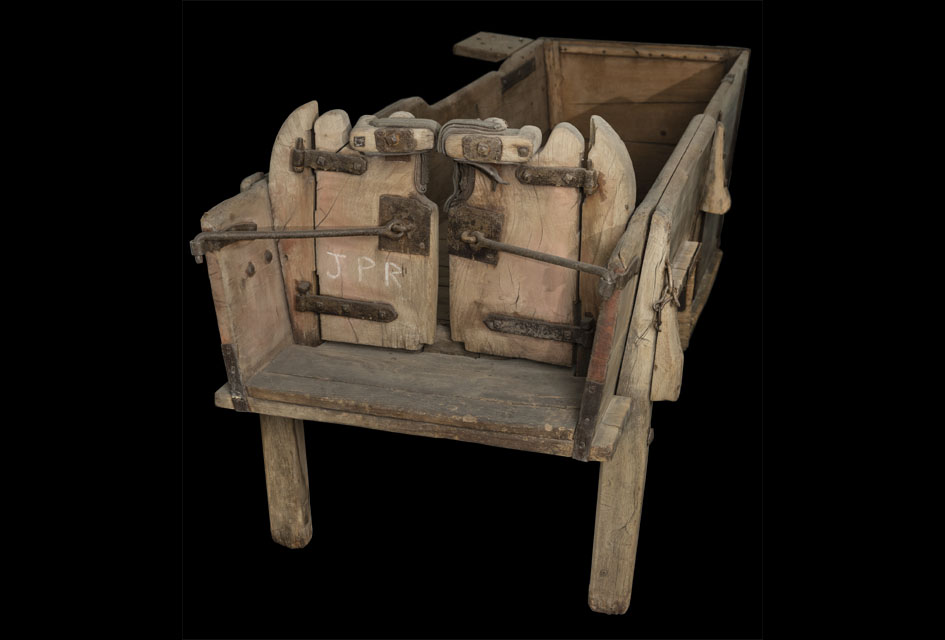
Dipping in
Sheep have long been dipped to clean fleeces or protect against flies and parasites. Portable troughs were sometimes provided by chemical companies to promote the sale of animal dips.
This trough was made in early-nineteenth century Dorset, England. The earliest chemical dips were introduced at around the same time.
Many dips subjected workers to highly hazardous substances, which have now been banned. In some parts of the world resistance to enforced dipping became a form of anti-colonial activism.
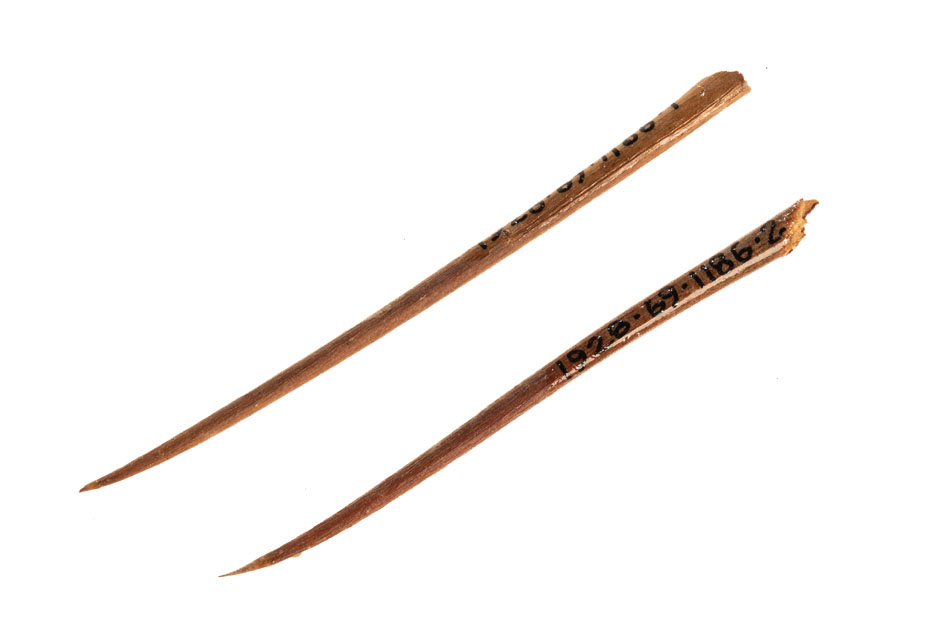
Thorny issue
Pigs were first domesticated around 11,000 years ago in the Tigris Valley, modern-day Turkey. They are largely reared for meat.
Male pigs are castrated to reduce aggression, prevent unwanted reproduction, and to improve flavour. Similar practices also occur in other animal husbandry contexts, such as sheep farming.
Thorns like these were used by Rengma Naga people in Nagaland, India, to close and help the healing of castration wounds on a pig.
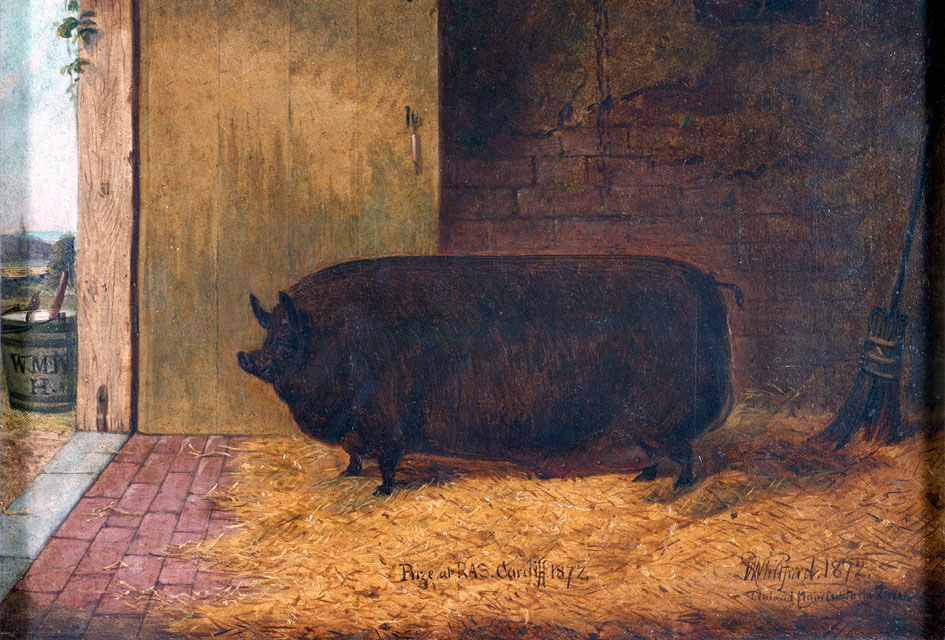
Big beasts
Much like the Absolute Unit, the animals in livestock paintings are usually massive. Most of our farm animals were selectively bred for size and these portraits were commissioned to celebrate success.
This prizewinning Berkshire pig was painted by Richard Whitford in 1872. Berkshires were named after the county where they were first bred. In recent decades they have become popular in China and Japan.
As artist Maria McKinney’s SIRE shows, selective breeding continues through genetic modification and other practices today.
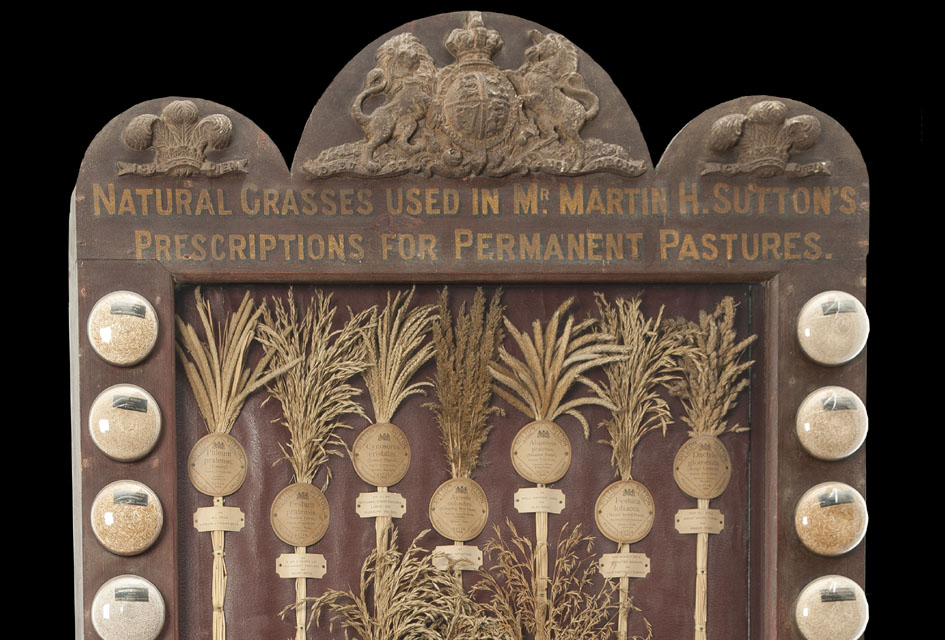
Selecting seed
Over the last 250 years, seed researchers and scientists have continued a tradition spanning 12 millenia.
Founded in Reading, England, Suttons Seeds was known for its high quality grass and farm seed. In nineteenth-century New Zealand farmers realised that sheep preferred English to native grasses. By 1925 almost a quarter of the country featured European-style pastures with non-native grasses. This cabinet contains some of these grass types.
This reminds us that farms are human creations as much as they are natural. It also shows how colonial processes shaped and impacted on local communities and environments.
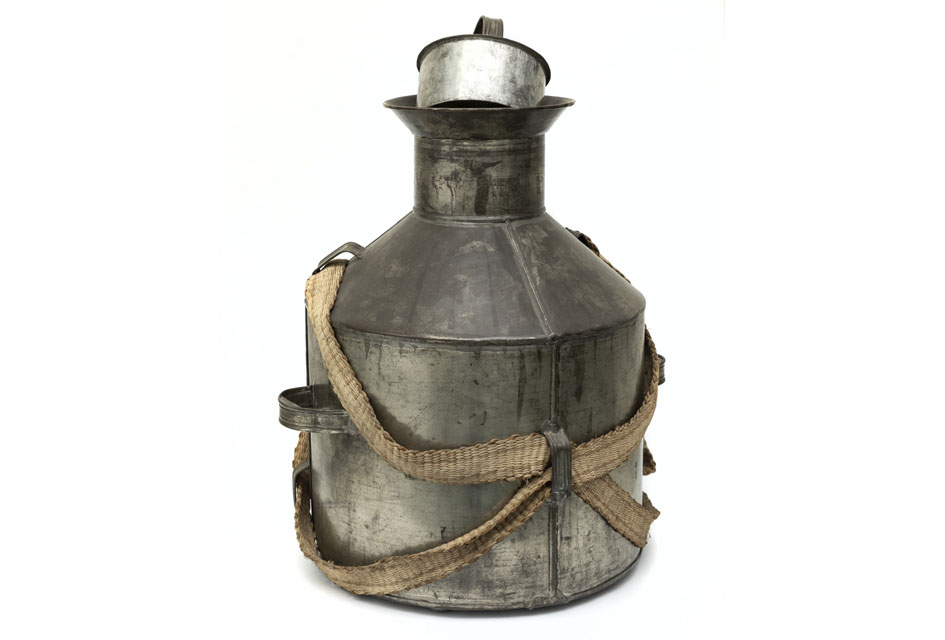
Lifting milk
As research at the University of Reading shows, dairy farming has changed considerably in recent centuries, moving from towns into rural areas and becoming increasingly mechanised, industrialised, and complex.
On some early-twentieth-century Yorkshire farms portable equipment was carried to hilly areas and cans used to transport milk back.
In intensive modern systems animals are brought in at set times or automation enables cows to set their own routines. Animals tend to be milked in one central location rather than in the field.
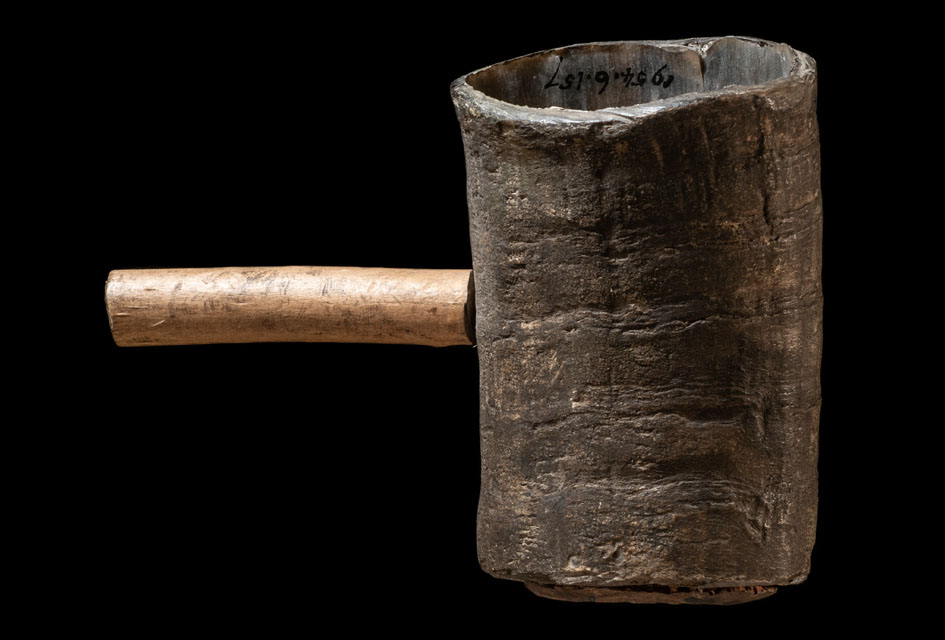
Dairy fresh
This twentieth-century goat’s milk container comes from Spiti in Western Tibet. Nomadic pastoralism – the movement of livestock across the landscape following fresh pasture – has been practiced there for thousands of years.
With a capacity of less than 250 millilitres, this container represents dairying on a much smaller scale than the industry of Europe and North America.
The Shepherds of the Himalayas project showcases the lives of nomadic pastoralists today.
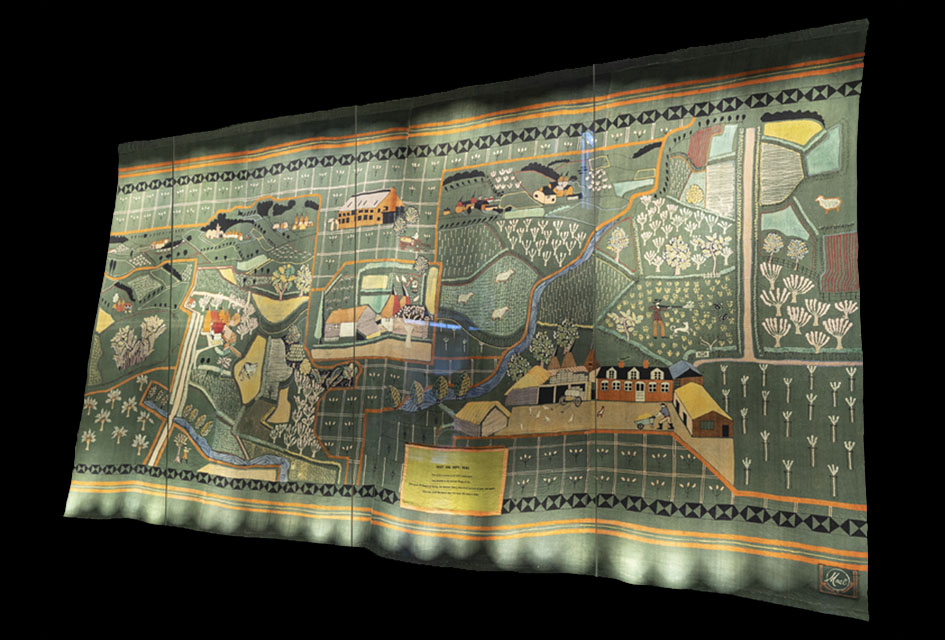
Farming futures
This artwork was designed by Michael O’Connell for the 1951 Festival of Britain. It hints at tensions of tradition and modernity that defined much of twentieth-century farming.
Its nostalgic depiction of place was intended to boost global trade. However, rather than local factors, twentieth-century farming was shaped by conflict, colonialism, mechanisation, and industrialisation.
As specialists begin to rethink the development of farming in vital ways, we must also begin to think about the forces that will shape our farming future? Climate? Sustainability? Trade? Food security? Food poverty? Food waste? Whatever they are, they’ll be rooted firmly in 12,000 complex years of farming past. Why not share your thoughts with the hashtag #Farming12K.
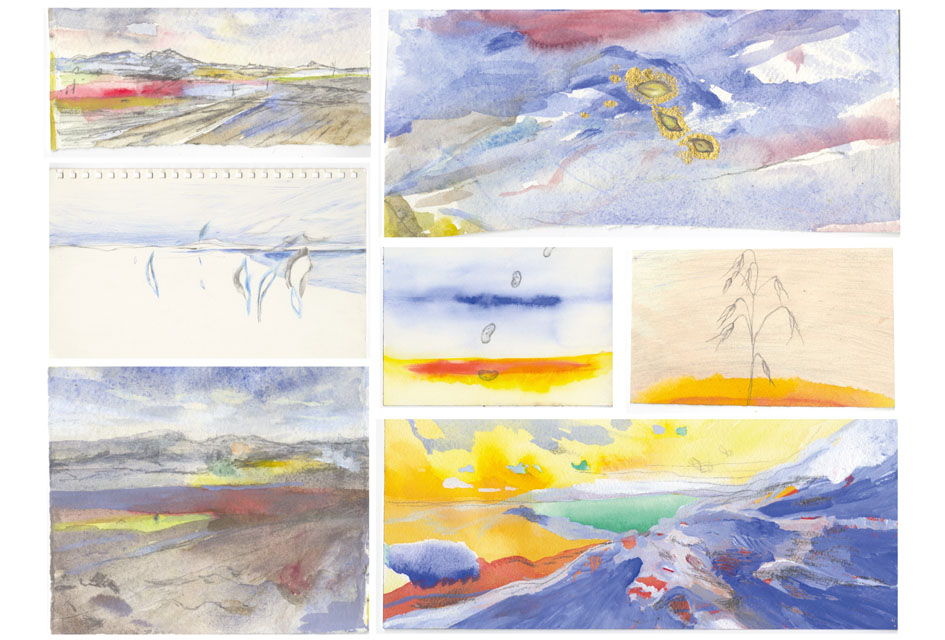
Creating farmland
As well as illustrating museum objects, Miranda Creswell has also created landscapes that challenge us to think about where agricultural objects were used and how farmland can change over time.
‘These paintings are of land and sky, of no particular place, time or season. They are an attempt allow the viewer full rein to imagine their own particular landscape and think about past and present ideas of farming, food production and environment. However, even in paintings made from imagination, there are influences of places we have known. In my case, these are of a small island in the Inner Hebrides in Scotland, called Islay. Partly because of spending time in a place where the weather is so changeable, I have attached as much importance in these works to the sky as to the land. Sky and atmosphere being a concern for anyone growing crops or using the land to cultivate food. As I paint – to imagine and understand a little the vast space called sky – I often think of a bird or insect flying freely on the airwaves unconstrained by obstacles that we encounter on land.’
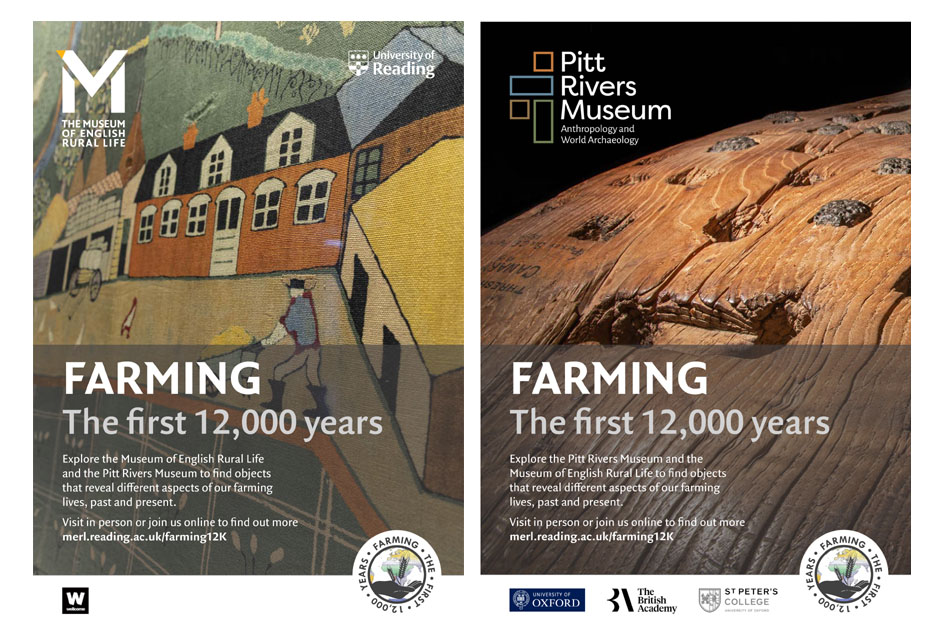
The #Farming12K Trail
If you aren’t already at the Museum of English Rural Life or the Pitt Rivers Museum then why not pop along to to one of these amazing places to follow the #Farming12K trail.
Visit both sites to find all the objects featured in this online exhibition. Find out how they relate to other collections on display.
Feel free to download a pdf version of the gallery trails for each site here.